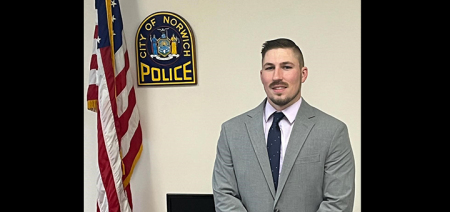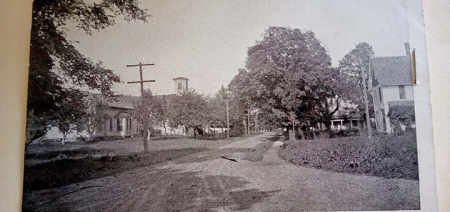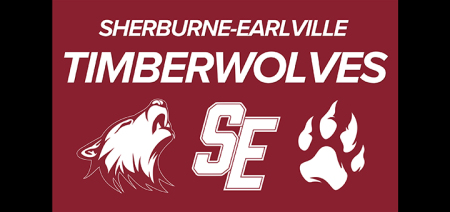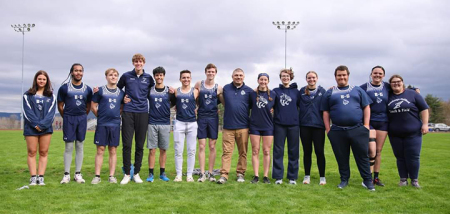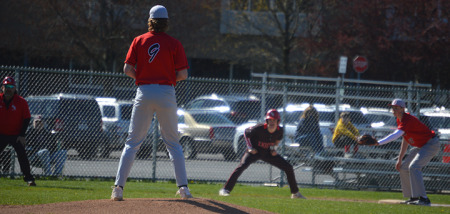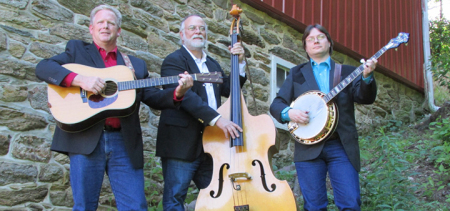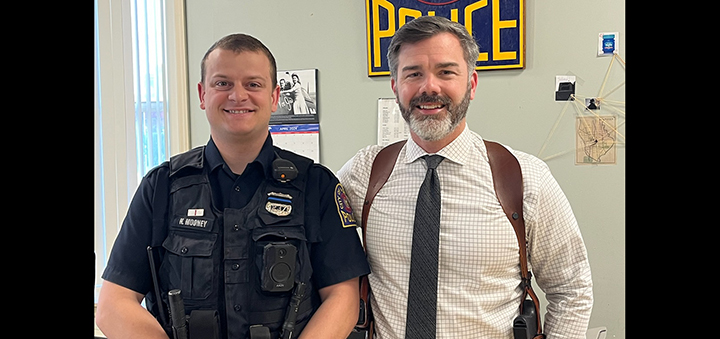MRI For Turkeys
Published:
May 19th, 2021
By:
Eric Davis
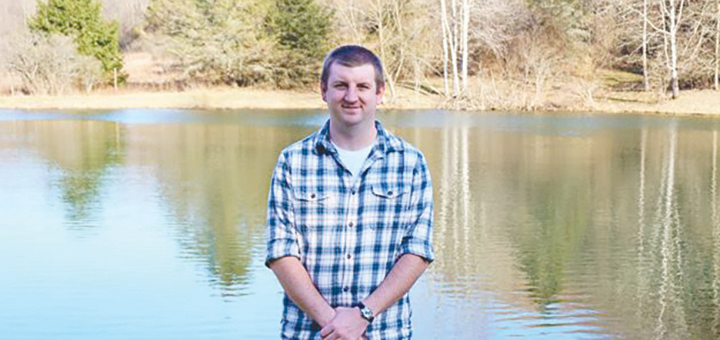
As turkey season has hit the halfway point, things can seem to get worse as birds start to gobble less as more and more hens leave them to go sit on their nests.
This lack of available hens can make toms start to wander farther than they did earlier in the season, just like a rutting buck will cover miles to find a receptive doe in the fall. Therefore, you need to follow your MRI (most recent information).
Scouting in the middle of the season can be a difficult decision to make but it can pay of handsomely. Driving around in the middle to late morning will let you see toms out on their strut zones, trying to entice any remaining hens to breed with them. Knowing where toms are going when they are lonely lets you slip in and get him to make a mistake.
Just noting where you hear birds gobbling on the roost in the morning can give you a general sense of direction to head later if your hunt is not successful right after fly down.
When I was in college, I had been home for summer break for just a couple of days when a farmer called me to tell me he saw a tom alone strutting in one of his fields around ten o’clock that morning. That night I went and roosted that turkey in the woodlot next to the field. The next morning, I set two hen decoys and a full strut decoy in the field while I sat right on the field edge.
At first, a hen was calling from the same area as the tom gobbled but after flying down, she went the opposite direction. As I started to lose some of my hope in the hunt, I looked to my left down the field edge and spotted a turkey walking out into the field about 80 yards away. As the bird made it a few steps out, he popped into strut for a second before stretching his neck to look at my decoys. In a matter of seconds, that tom was on top of my decoy. He ran in so fast that I could only put down the pan call in my hand but could not get my shotgun up. After getting a few good whacks on my decoy, the decoy tipped over and the tom spun around it and started to strut. This made his tail fan hide me from his vision, allowing me to raise my shotgun and turn the safety off.
When he stopped strutting and raised his head up, I pulled the trigger and he fell in a heap. That was the first turkey that I had called in and harvested myself. It is due solely to the fact that the farmer called me because I did not even know he owned this property until he called that night (it is about a mile from his milk house and barn).
This past weekend I almost got the better of a sneaky tom who has been playing cat and mouse with me this year. The first two times I hunted this property, I walked up from below him and set up within 150 yards of his roost. He would gobble at my calls but not every time. Then he would fly down and go the opposite direction, into a large field that is owned by someone else.
He would walk back and forth in the field for a bit before wandering off. This is his strut zone here he goes to meet up with hens. So, at 8:30 in the morning this weekend, I snuck into the corner of the property I can hunt so I was only a couple hundred yards from his strut zone and called. He gobbled and I scrambled to get setup in the woods hoping he would come out of the field to check out my calling (I did not bring a decoy with me).
Unfortunately, he stayed up in the field about 80 yards away gobbling and strutting just waiting for the hen to come out to him. This weekend, you can bet I will have a decoy with me in case I catch him alone looking for a hen again.
Author: Eric Davis - More From This Author
Comments
